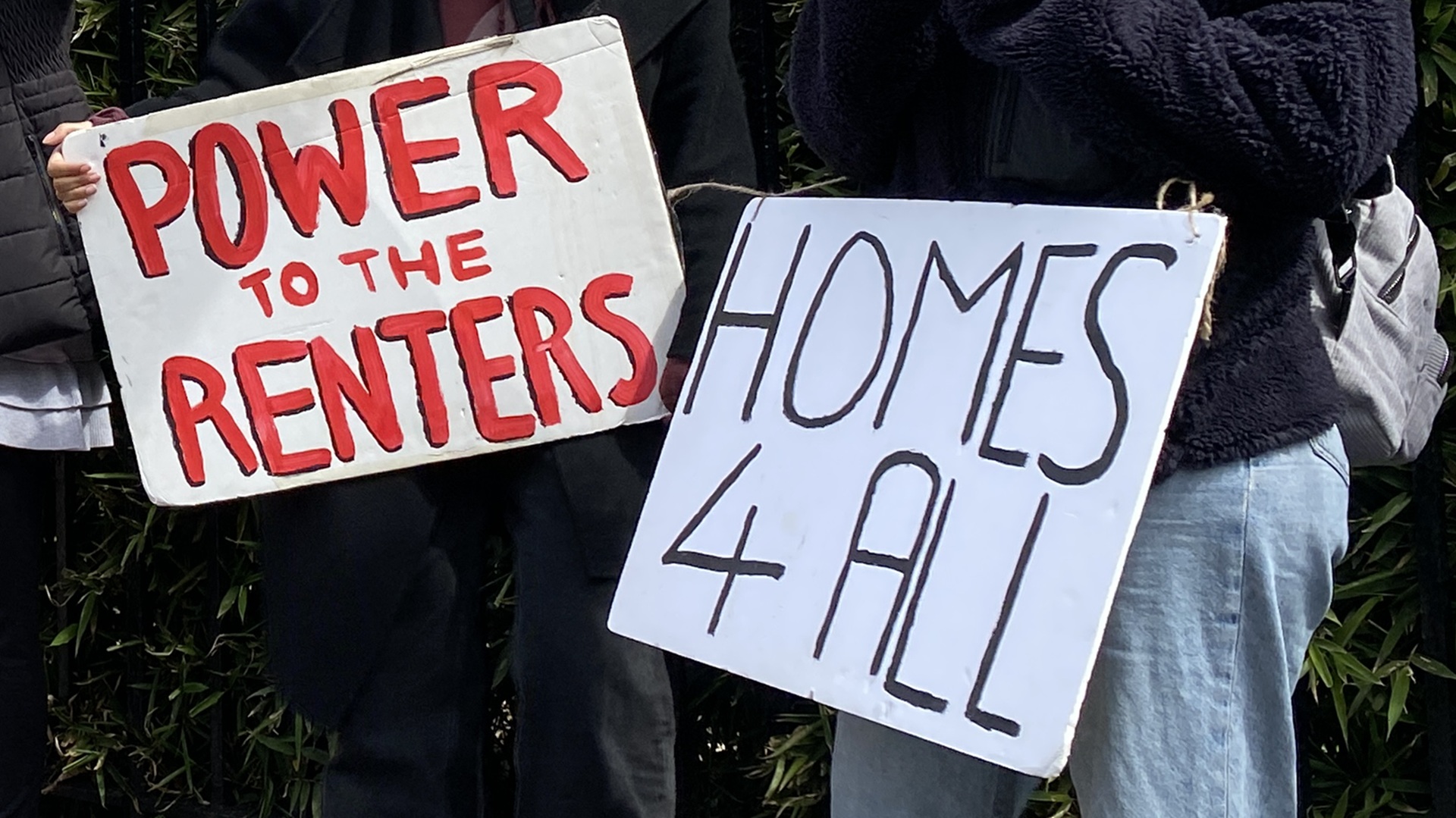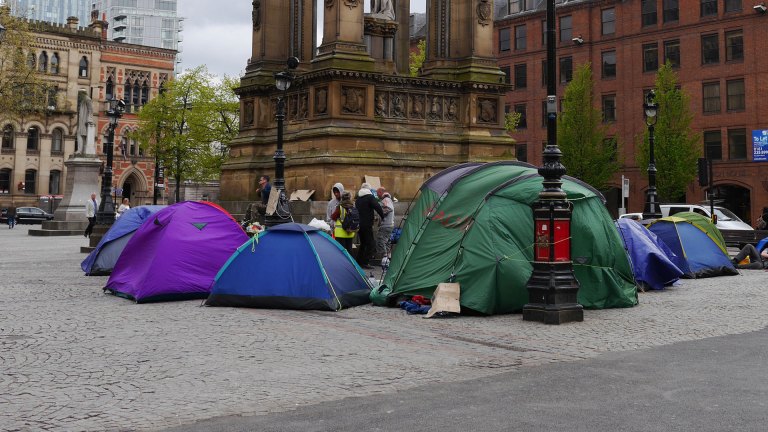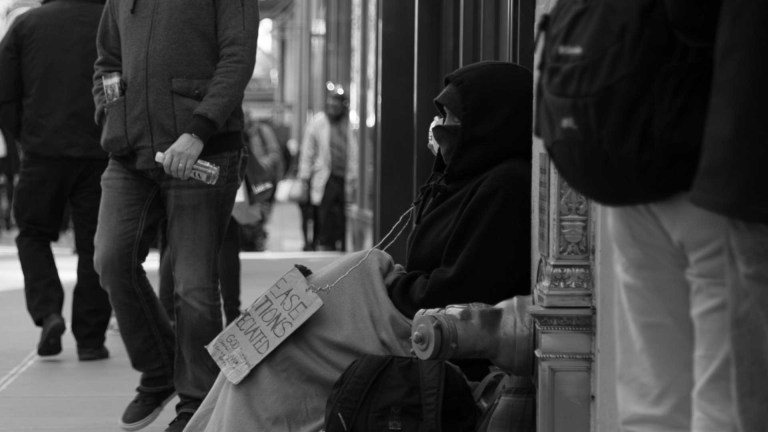“There is a risk that costs from the legislation may result in some landlords leaving the sector,” the government document read.
“This is difficult to estimate precisely, though we would expect it to be substantially mitigated by the additional cost per rented property being a very small fraction of average annual rent and asset value.”
The assessment noted that reforms to abolish section 21 evictions in Scotland showed no evidence of constrained supply. It also said the English Housing Survey showed the size of the private rented sector had remained stable since 2013-14.
The assessment continued: “Landlords facing the greatest costs as a result of these measures will be the ones providing the poorest service to their tenants, we anticipate they are more likely to exit the sector as a result of these changes, which leaves potential for them to be replaced by more professional landlords.”
The Renter’s Reform Coalition‘s policy and public affairs manager Lucy Tiller said tenants need greater protections from rising rents as part of the bill’s reforms.
“The government’s impact assessment for the Renters’ Rights Bill predicts the net core cost to landlords of just £12 per year per home. But rents are predicted to continue to skyrocket, with rent inflation set to dwarf predicted extra costs to landlords,” said Tiller.
“Renters need more protection from high rents – that’s why we’re calling for a limit on the amount a landlord could hike the rent on a sitting tenant, and for a National Rental Affordability Commission to fully assess potential solutions to the high cost of renting.”
Landlord lobby group National Residential Landlords Association (NRLA) said the government assessment does not go far enough in analysing how the bill might affect how many homes are available for rent.
Meera Chindooroy, deputy director for campaigns, public affairs and policy at the NRLA, said: “At over 140 pages long, the NRLA will be studying its content carefully.
“That said, whilst the government has accepted that there is a shortage of rented properties to meet demand, it has been unable to provide any assessment of the bill’s impact on future supply. This is not good enough.
“With an average of 21 people chasing every available home to rent, ministers to tackle the root causes of the supply crisis, not just its symptoms.”
It’s now more than five and a half years since the then-Conservative government first promised to scrap no-fault evictions, which are considered a leading driver of homelessness.
The Tories’ Renters Reform Bill failed to pass into law before the general election after being “watered down to appease Conservative backbenchers” who opposed the bill.
Labour’s Renters’ Rights Bill replaced it with the party vowing to ban no-fault evictions immediately when the bill makes it into law rather than waiting for court reforms as the Conservatives had pledged.
During the wait for reforms to pass, rents have skyrocketed in the private rented sector.
Office for National Statistics figures released this week revealed private rents across the UK rose by 8.7% in the year up to October.
That was the 15th consecutive month where rent inflation had been above 8%, according to the Joseph Rowntree Foundation.
JRF’s Rachelle Earwaker said surging rents mean: “Renters will have to make difficult decisions if they’re to avoid getting into arrears with their rent.”
Do you have a story to tell or opinions to share about this? Get in touch and tell us more. This Christmas, you can make a lasting change on a vendor’s life. Buy a magazine from your local vendor in the street every week. If you can’t reach them, buy a Vendor Support Kit.
Big Issue is demanding an end to extreme poverty. Will you ask your MP to join us?









